
17 Remarkable Goats With Extremely Large/Long Horns
1. Nubian Ibex Image Source Binomial Name: Capra nubiana Origin: Mountainous areas of Israel, Saudi Arabia, Oman, Jordan, Yemen, Sudan, Ethiopia and Egypt Height: 75 cm Weight: 50 kilograms Horns: I meter Diet: Grasses and leaves Predators: Eagles, Bearded vultures and leopards

4 horned goat! Only in Scotland Goat horns, Smiling animals, Rare animals
Browse 6,776 goats with horns photos and images available, or start a new search to explore more photos and images. Browse Getty Images' premium collection of high-quality, authentic Goats With Horns stock photos, royalty-free images, and pictures. Goats With Horns stock photos are available in a variety of sizes and formats to fit your needs.
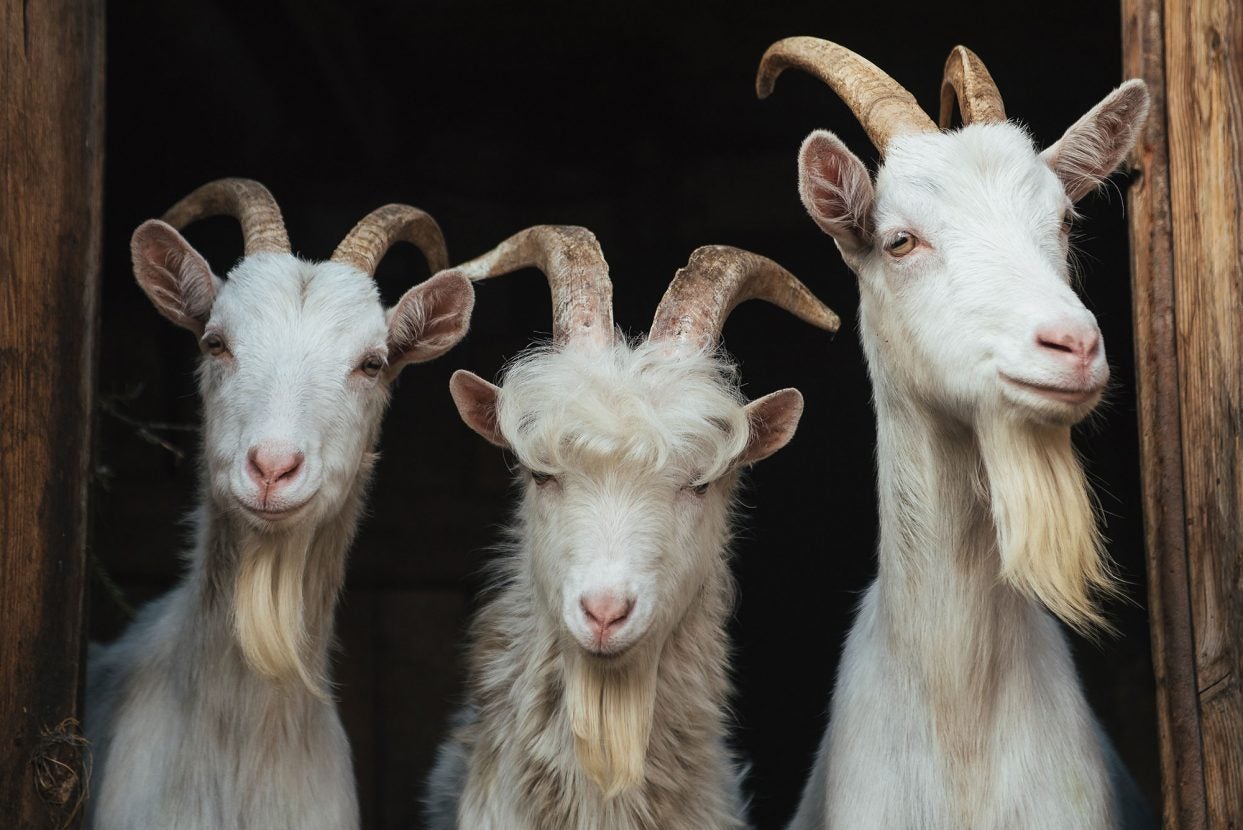
Basics of goat horns and how to handle them AGDAILY
Goats born without horn buds are referred to as polled. The naturally hornless goat is bred that way as a result of recessive-gene combinations, meaning both parents had the gene.
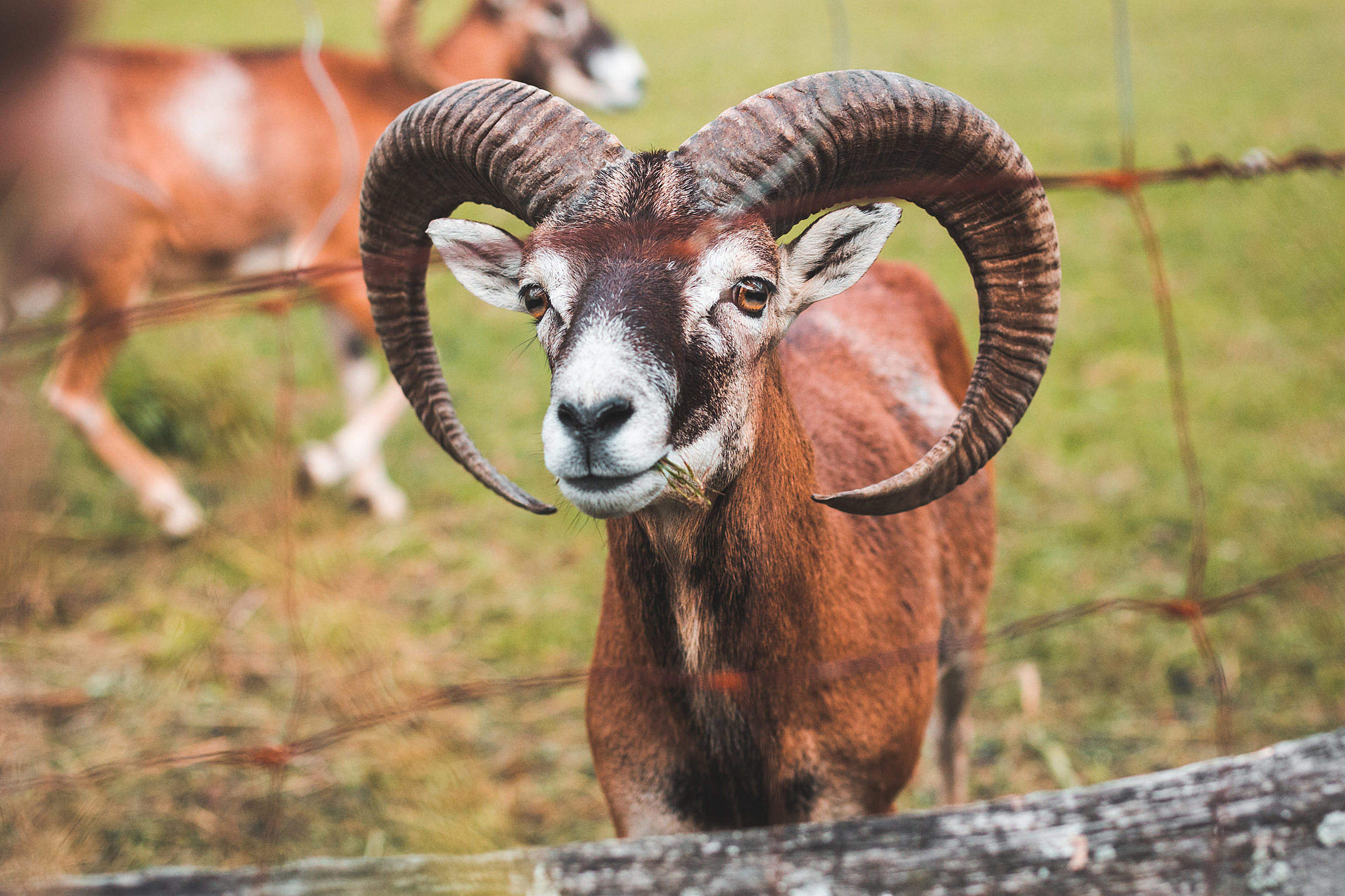
A Goat with Big Horns Behind the Fence Free Stock Photo picjumbo
Wild goats (Capra genus) include ibex, markhors and turs. Wild goats can weigh from 125 to 180 pounds and can be between 49 to 70 inches long. Both males and females have horns and do not shed their horns like some other animals do. They typically spend their days grazing on grasses within their home range.
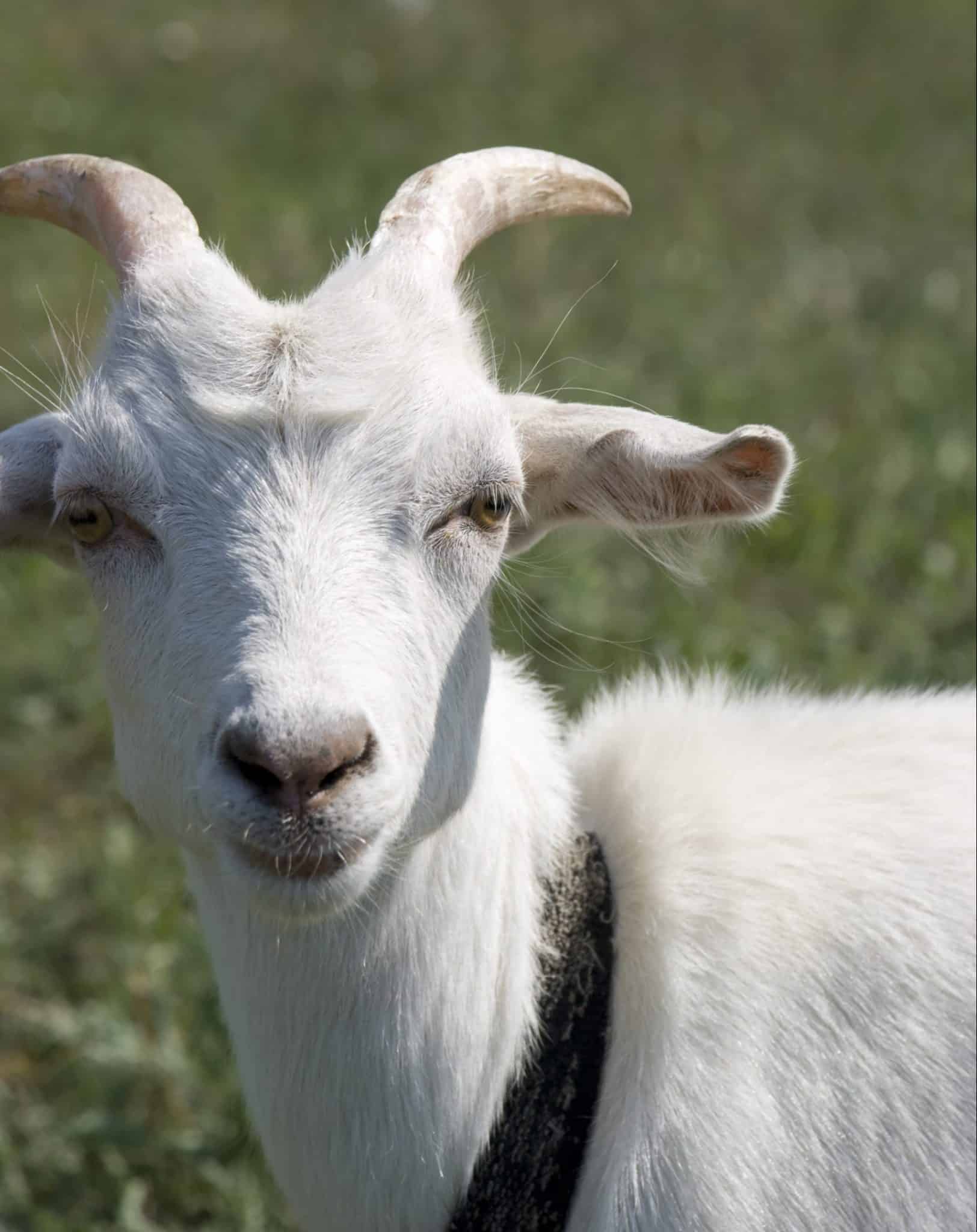
Goat Horns What to Know about Horned Goats Chickens, Livestock, Homesteading & Gardening
A goat with horns can easily butt a predator and knock them off their game. A stunned predator can give a goat enough time to escape. Large predators can usually overtake a horned goat. However, if the goat has horns, it won't go down without a fight. 2. Horns Are a Part of Herd Hierarchy
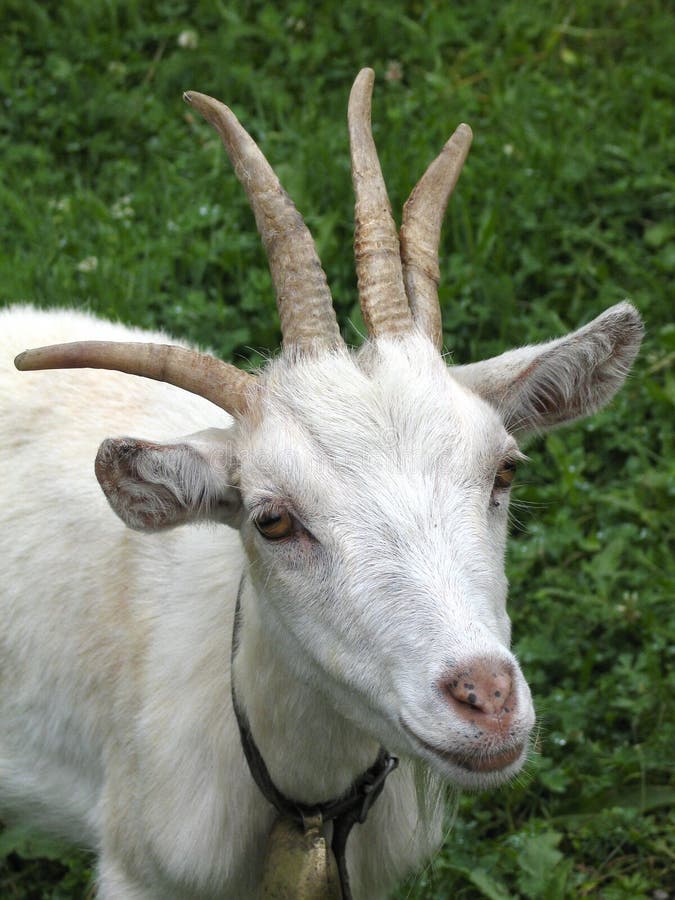
Goat with four horns stock image. Image of white, overplus 24989
The horns make them attractive and help in attracting their mate. The horned males with bigger and thicker horns are more appealing to the female goats. Moreover, the length of the goat's horns helps in determining the goat's age. Goat horns also help regulate the body temperature of a goat.
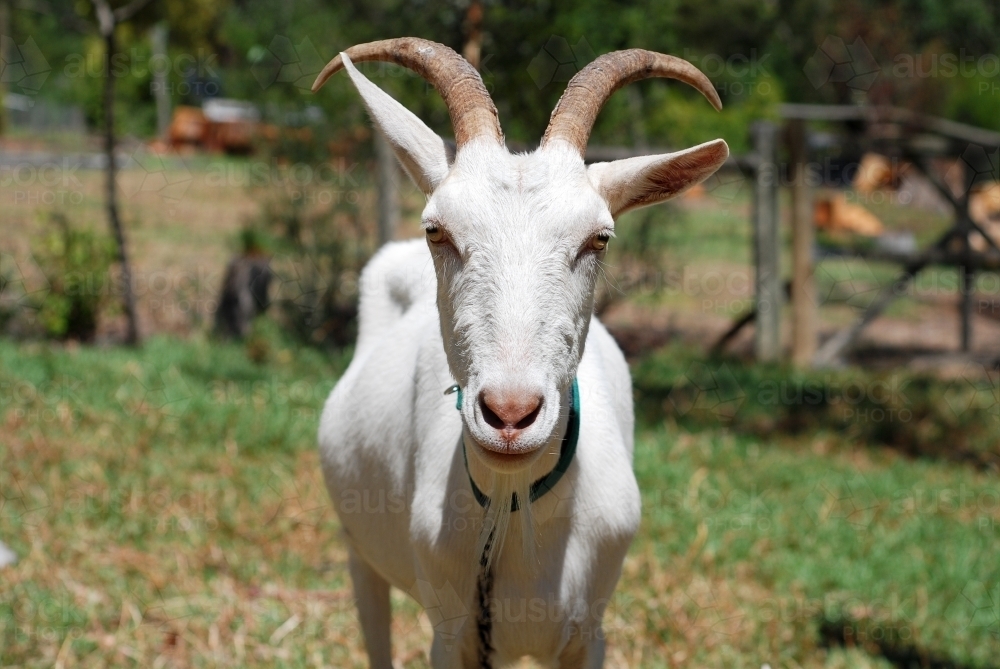
Image of Portrait of a white male goat with large horns Austockphoto
Goats - farm animals of domestic goat ( Capra hircus) species, small ruminants - are widespread throughout the world and are used in almost any natural and climatic conditions, even those where other productive animals cannot live.

Goat and Sheep San Diego Zoo Animals & Plants
January 21, 2023May 4, 2022 by John Listen to this article One of the most impressive things about many breeds of goat is their long horns. Goats come in a huge variety today, from the biggest to the smallest, with the longest ears, the most milk, the highest meat yield, and of course the longest horns to the shortest horns.
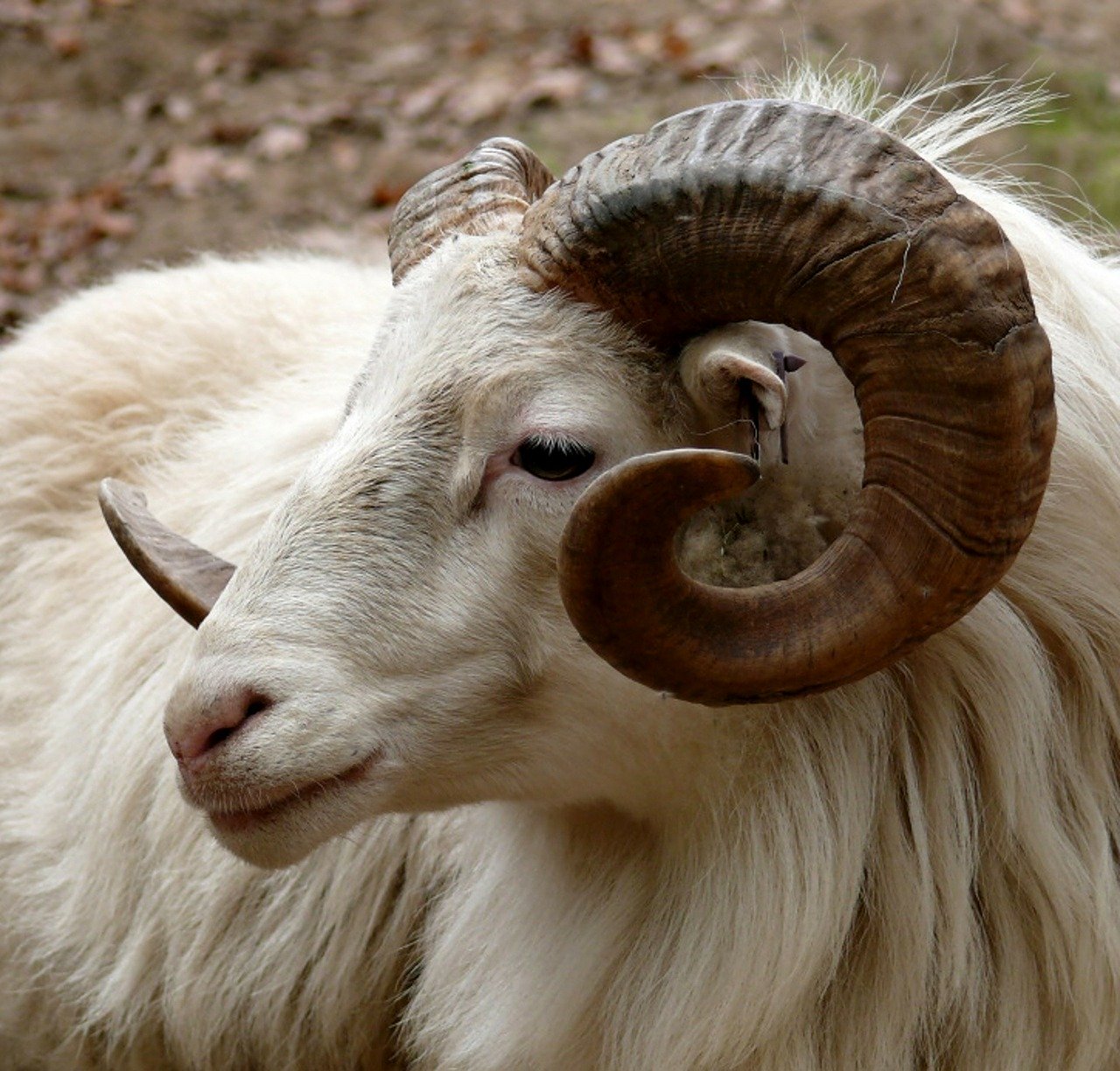
The Goat Horn Guide Should You Dehorn Your Goats?
SOME goats are born without horn buds. If there are no buttons on the top of a kid's head, that kid will never grow horns. Goats that are born naturally hornless are called "polled" goats. Polled goats, or naturally hornless goats, are that way because of a recessive-gene combination.

Goat Horns Goat'S Head · Free photo on Pixabay
2. Goat Horns Are Made of Bone and Keratin Goat horns are incredibly strong, and with good reason. The core is made of thick, live bone growing from the goat's skull. This bone is covered by a layer of keratin. Keratin is the vital component in hair, fingernails, hooves, and claws.

Free Images horn, pet, portrait, sheep, mammal, fauna, close up, goats, head, vertebrate
A goat with horns can be a concern with young kids accidentally or intentionally getting poked You can't show a goat with horns They can, in rare cases, harm each other They can more easily damage and kill trees with their horns Their horns can get stuck in certain types of fencing or feeders Goat Without Horns Pros Worry free choice for kids
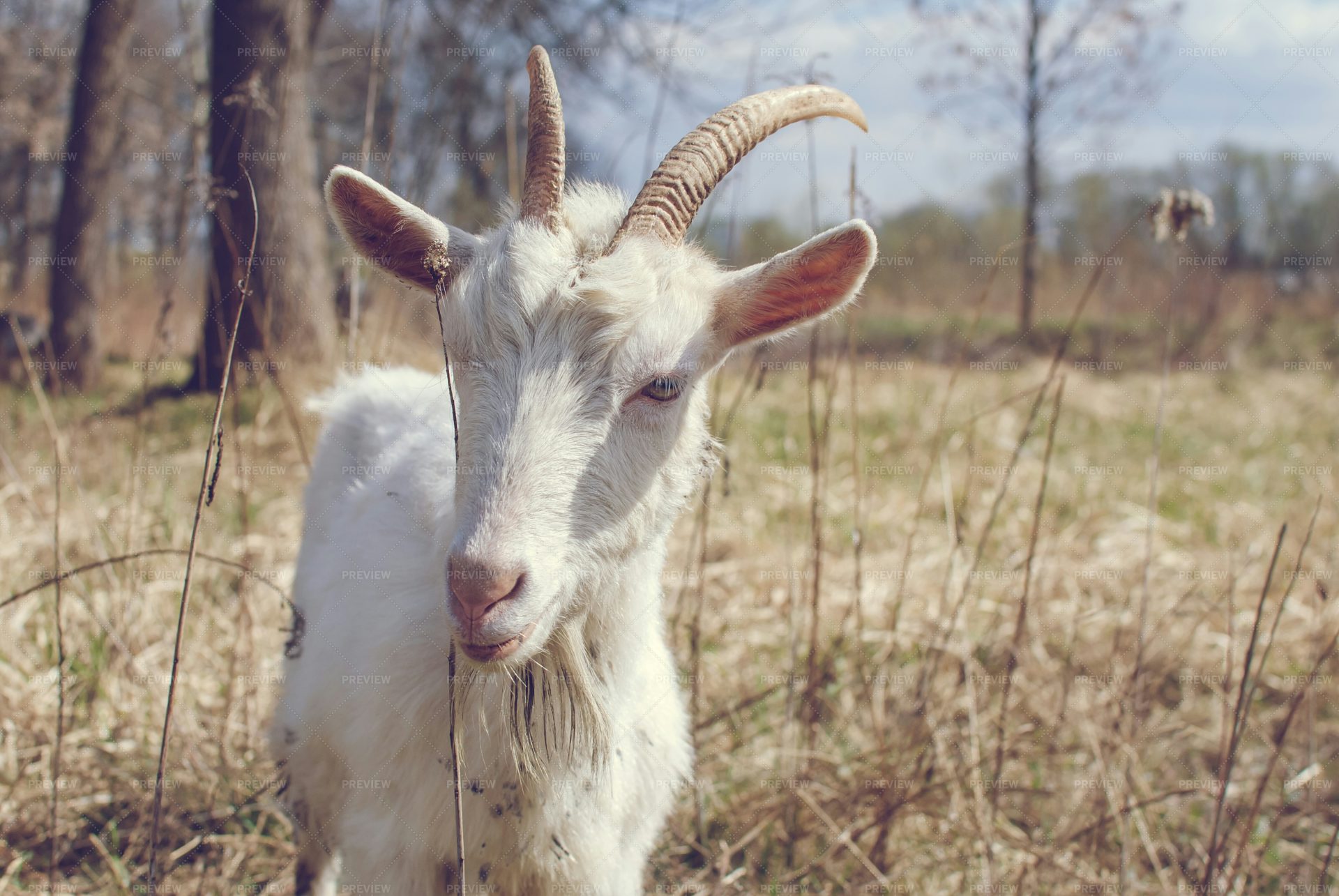
Goat With Horns Stock Photos Motion Array
1. Alpine Goat 2. American Lamancha Goat 3. Anglo-Nubian Goat 4. Angora Goat 5. Beetal Goat 6. Black Bengal Goat 7. Boer Goat 8. Damascus Goat 9. Girgentana Goat 10. Jamnapari Goat 11. Kalahari Red Goat 12. Kamori Goat 13. Kiko Goat 14. Nigerian Dwarf Goat 15.

Free Images countryside, wildlife, wild, horn, rural, herd, farming, pasture, livestock, ranch
1 Look for floppy-eared Nubians. If your goat has floppy ears that hang about 1 inch (2.5 cm) below its muzzle, you can be sure it's a Nubian. Also known as Anglo-Nubians, this is a common breed of goat across the world. They are typically stubborn, have round muzzles, and their short, fine coats come in a variety of colors and patterns. [1]

Free Images outdoor, field, farm, animal, country, looking, wildlife, standing, horn, young
The horns can be straight, gently curved, or curled. However, while all goat breeds can have horns, not all goats will grow horns. Those that are naturally born without horns are known as polled goats. Funnily enough, the North Dakota State University Agriculture and Extension refers to hornless goats as butt heads.

Free Images farm, photography, animal, wildlife, horn, macro, pasture, sheep, mammal, fauna
However, Girgentana goats' long, spiral horns can be a disadvantage when foraging in wooded areas because they might get entangled with brushes, branches, or fences. Girgentana Goat's Origin and History. Girgentana goats can be found in Agrigento, a southern region of Sicily in Italy, but their origin is still a mystery yet to unfold.

Goat Billy Goatee Free photo on Pixabay Pixabay
A goat horn, just like other horns, is made of a protein called keratin. This protein is the same material found in claws, hair, fingernails, and hooves. Generally, the horn is an outer layer of the body part with a core of live bone. The horn is attached to this core of live bone. A horn is usually curved or spiral.